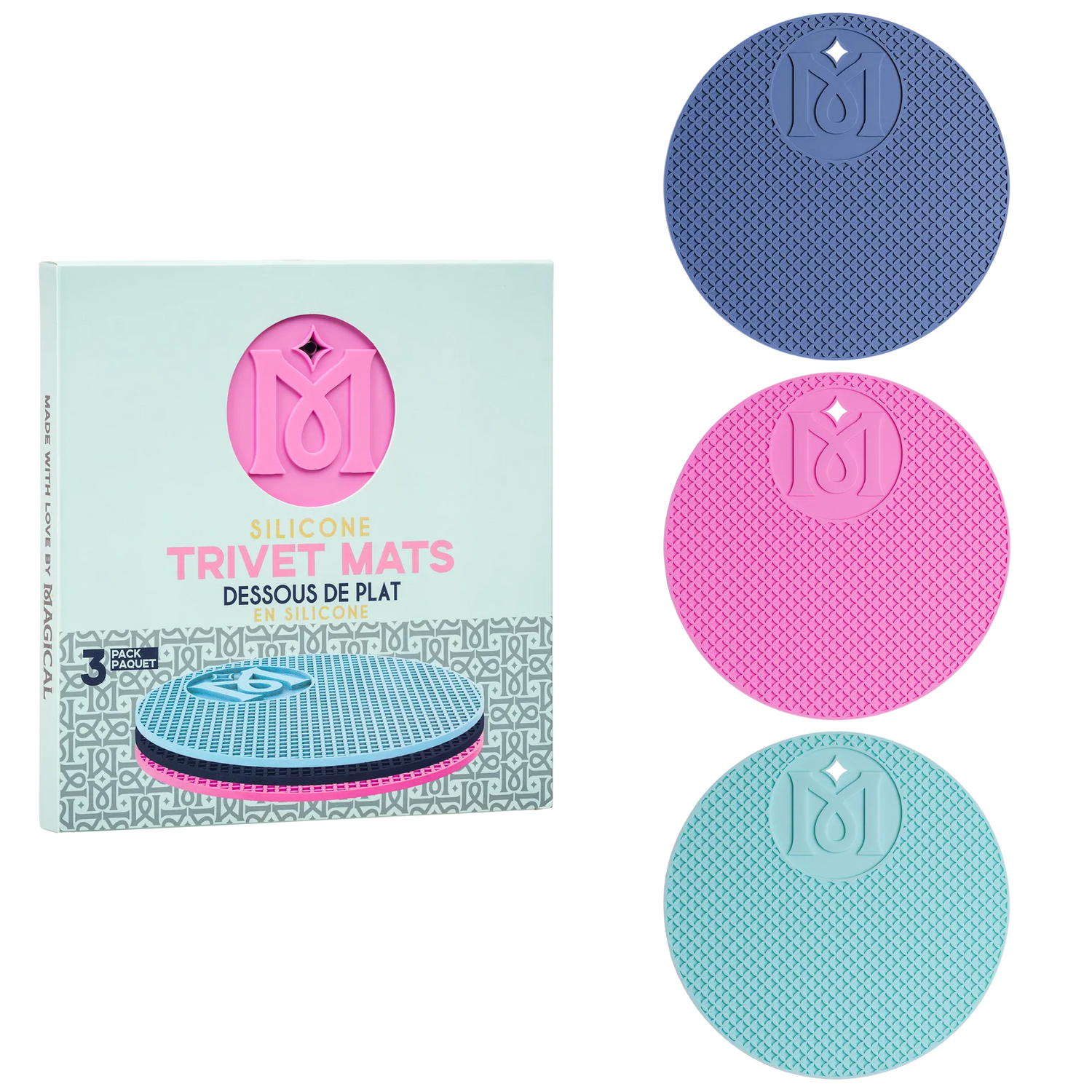Compost piles have been used forever. Organic gardening is trending today, and it was popular in the seventies as seen in Rodale Press’s Organic Gardening and Farming Magazine (OGF). Much has changed in agriculture and organic methods, but a glimpse back to a few of these magazines from the seventies reveals that composting methods for individual gardeners have changed very little. Composting as a solution for cities, states and industries also was discussed in OGF during the seventies--a harbinger of EPA's emphasis on large scale composting today.
The current EPA's web page on composting defines composting as a balance of green and brown, as long as the ingredients are organic. The green category includes manure along with grass clippings, hay, straw, and kitchen vegetable waste. These things provide nitrogen. The brown category includes leaves and wood particles, and these provide carbon.
The ingredients should be of similar size particles. Water is an essential element in composting, and an optimal temperature (at least 140°) must be maintained to prevent rotting. Turning the compost helps aerate it, though too much oxygen is not good.
Animal products should not be used, and compost is not so good for potting soil because it contains weed and grass seeds.
Not that much has changed. In the May 1974 OGF, Elias T. Manoa's article, "A Super Gardeners Mulch Compost System," describes 70-year-old Chicagoan Richard Diebold who used mulch and compost for 25 years, won many awards over the years, and influenced others. To avoid chemical spray, he grew vegetables from seed and used only rain water. He used a large quantity of oak leaves. Mulching was his main approach but he supplemented with compost he made using a black sheet method with three piles, one ready to use, one in process of decomposition, and one being built up with new materials. A new pile started with oak leaves, grass clippings, cottonseed meal (nitrogen content for heat for decomposition), adds rock phosphate, granite dust, and manure. It was watered and one inch of garden soil was added. This was repeated three times. Kitchen vegetable and food wastes also were added. After the final watering, the pile was covered with black polyethylene anchored with bricks. The sheet was removed at end of one year, and the pile was turned, watered and covered again.
In May 1974's OGF, Jeff Cox in "At the Heart of the Garden: The Old Compost Pile" describes using kitchen garbage, spoiled hay, leaves, manure, and also rock powders. In the same edition, steps used by Bob Hostetter include
- 1. Use shredder on matted leaves or rotary lawn mower
- 2. Scratch soil where piles will be
- 3. Put green matter down to start such as hay and shredded cornstocks, 1 or 2 feet thick
- 4. Cover with 1/5 as much manure
- 5. Add kitchen garbage
- 6. Add some shovels of rock powders or wood ashes
- 7. Cover with it an inch of good soil
- 8. Water pile thoroughly
- 9. Put sticks down to aerate and remove later
- 10. Put down steps 1-9 again 3 to 5 times so it gets hot inside
- 11 Finish with layers of hay and soil, water again.
Ray Young, in May 1974, asks, "Composting: Pile or Blanket?" He suggests sheet composting (spreading compostable material right on the garden without putting it in a pile). Like others, he includes kitchen garbage plus rotted straw, manure, grass clippings. (He does not mention rock phosphate or granite dust, and he does not explain whether the desired temperature for decomposition occurs.) Most of the compost disappears in a couple of months, he says, and broccoli and carrots chunks disappear by the end of summer.
A few points are made in recent internet posts about compost. According to https://www.planetnatural.com, the purpose of manure in compost is to kill off weed seed and/or reduce high nitrogen levels. On the other hand, at www.motherearthnews.com, we learn that home- made “manure” can be achieved by putting shredded organic material in a plastic bag with some water and baking it in the sun. Weeds, grass, comfrey, kudzu, artichokes and other juicy waste are recommended for this. And at https://www.helpfulgardener.com , it is explained that manure is a green ingredient, so other greens such as coffee grounds, cornhusks, grass and seaweed will do in its place.
Large scale composting is more prevalent today. Organic Gardening and Farming magazine was involved in the beginning. In the March 1977 issue, Mildred Lalit of the OGF staff in Emmaus, Pennsylvania, shares with her readers that OGF had a recycling conference at the University of Massachusetts. Dumpsters and incinerators were being shut by the EPA, and they said composting was an acceptable alternative. The conference was aimed at city and state officials who needed to know about composting sludge and refuse. Land application, biology of composting, leachite projects, sludge composting, and heavy metal problems in sludge all were discussed. The need for such methods was continuing to accelerate. According to the current EPA website page on compost, large-scale composting includes Onsite Composting, Vermicomposting, Aerated (Turned) Windrow Composting, Aerated Static Pile Composting, and In-Vessel Composting.
If you’re running a business that produces organic waste, check out the EPA’s site. If you garden, keep up the composting tradition to help the soil and produce better crops!





